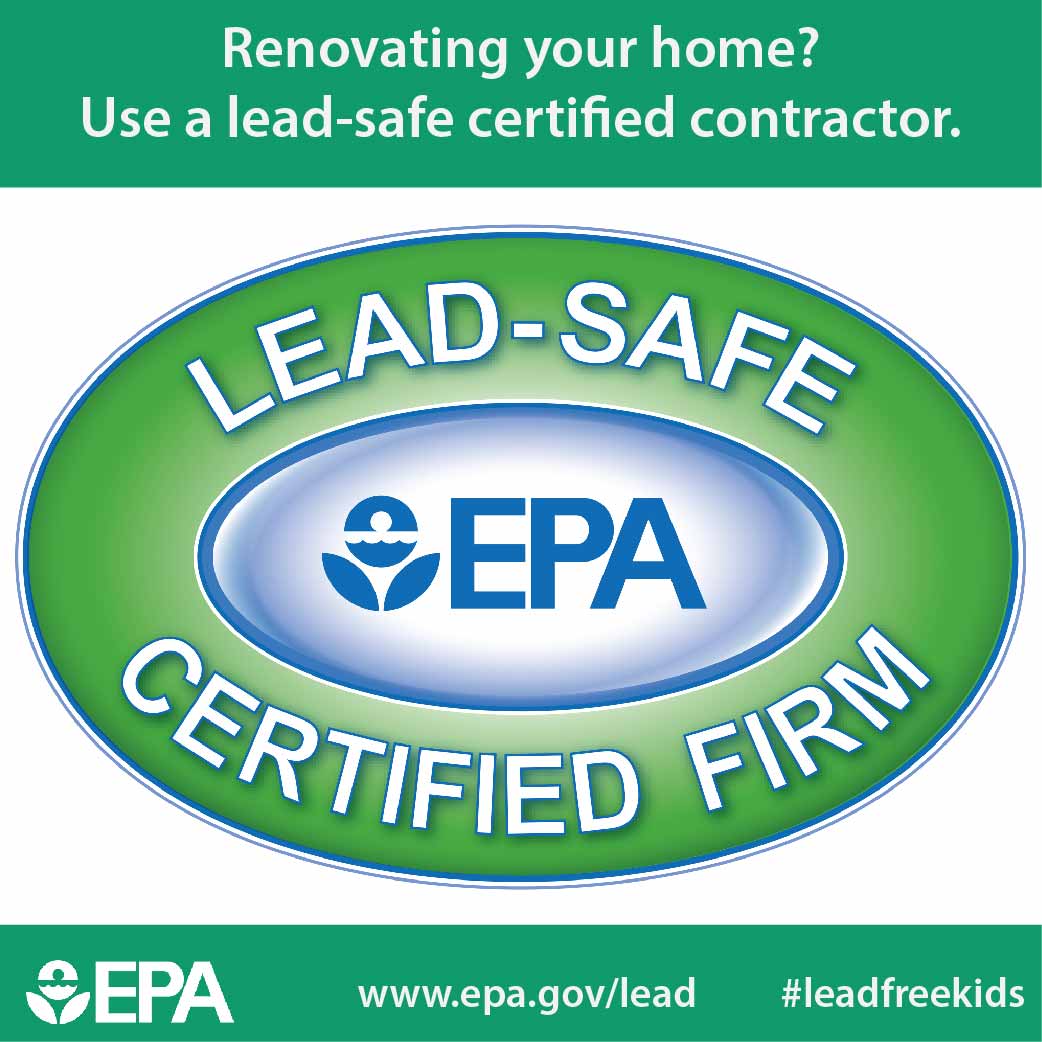Seasonal Factors To Consider For Commercial Exterior Painting: What You Required To Know
Seasonal Factors To Consider For Commercial Exterior Painting: What You Required To Know
Blog Article
Material By-Carlson Chaney
When you're planning a business external painting project, seasonal factors can make or damage your results. You'll want to consider how temperature and moisture impact paint application and drying times. Selecting the best period can ensure your paint adheres appropriately and lasts much longer. However which seasons are truly the very best for this type of job? Let's discover the key elements that can influence your project's success.
The Impact of Temperature Level on Paint Application
When you're preparing an industrial exterior paint project, the temperature level can substantially impact just how well the paint sticks and dries out.
Preferably, you want to paint when temperatures vary between 50 ° F and 85 ° F. If it's as well cold, the paint might not treat appropriately, causing problems like peeling off or fracturing.
On the flip side, if it's also warm, the paint can dry out also rapidly, avoiding correct adhesion and causing an uneven finish.
You should also consider the time of day; early morning or late afternoon uses cooler temperature levels, which can be more desirable.
Always inspect the manufacturer's referrals for the specific paint you're making use of, as they often provide guidance on the suitable temperature array for optimum results.
Moisture and Its Effect on Drying Times
Temperature level isn't the only environmental aspect that affects your commercial external paint project; humidity plays a significant function too. High moisture degrees can reduce drying times considerably, affecting the general quality of your paint task.
When the air is filled with dampness, the paint takes longer to cure, which can lead to problems like inadequate adhesion and a greater risk of mold development. If you're repainting on a particularly damp day, be gotten ready for extended delay times between layers.
It's critical to check local weather and plan appropriately. Ideally, aim for moisture degrees between 40% and 70% for optimum drying out.
Keeping https://professional-painters-nea65421.blogaritma.com/32626480/look-into-the-latest-advancements-and-styles-in-home-painting-and-find-ideas-in-the-one-of-a-kind-methods-to-freshen-your-home consider mind guarantees your task remains on track and supplies a long-term finish.
Best Seasons for Commercial Exterior Painting Projects
What's the most effective time of year for your business exterior painting tasks?
Springtime and very early autumn are typically your best choices. During these periods, temperatures are moderate, and moisture degrees are frequently lower, producing perfect problems for paint application and drying out.
Avoid summer's intense heat, which can cause paint to completely dry too promptly, causing bad attachment and finish. Similarly, winter's cold temperature levels can impede appropriate drying and treating, taking the chance of the durability of your paint job.
Aim for days with temperatures in between 50 ° F and 85 ° F for optimal results. Keep in visit this site right here to check the regional weather report for rain, as wet problems can destroy your task.
Preparation around these factors ensures your painting job runs smoothly and lasts longer.
Verdict
In conclusion, intending your industrial external painting tasks around seasonal factors to consider can make a substantial difference in the end result. By organizing work throughout the ideal temperature levels and moisture levels, you'll make certain better adhesion and drying times. Keep in mind to watch on regional weather report and select the correct time of year-- springtime and early loss are your best options. Taking these steps will certainly help you achieve a long lasting and specialist surface that lasts.
